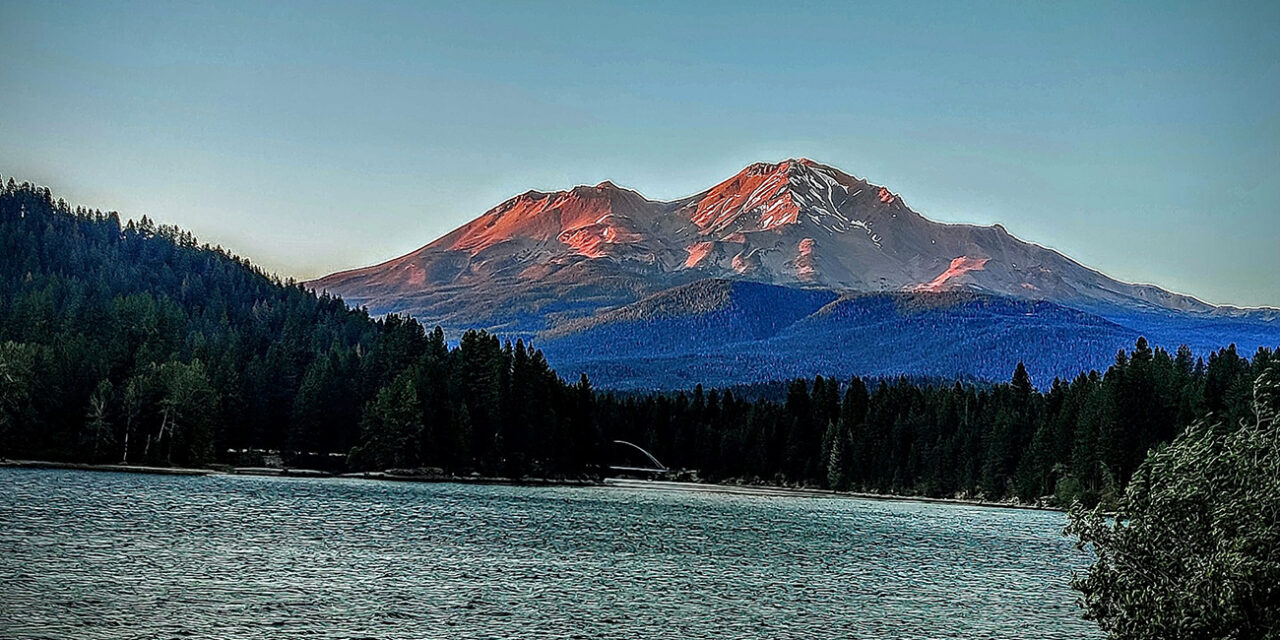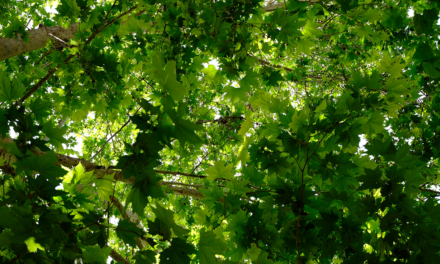Redding, California, is more than just a city; it’s a living chronicle of transformation, resilience, and growth.
Redding’s story is as diverse as it is fascinating, with roots that run deep into its indigenous past and branches that stretch into its modern allure.
Table of Contents
The Indigenous Era: A Land Before Time
Wintu and Other Tribes
Before European settlers arrived, the Wintu tribe and other Native American groups thrived in what is now Redding.
Their deep respect for nature and sustainable living practices formed the foundational ethos of the region.
- The Wintu people lived harmoniously with the environment.
- Their traditions included fishing, hunting, and gathering native plants.
- Community rituals and spiritual practices were deeply connected to the land.
The legacy of the Wintu and other tribes remains integral to Redding’s cultural heritage.
The Impact of European Arrival
The arrival of Europeans marked a significant shift for the indigenous population.
The introduction of new cultures and economies disrupted the delicate balance of native ecosystems and practices.
- European settlers brought new technologies and agricultural methods.
- Conflicts arose over land and resources.
- Indigenous communities faced significant challenges and displacement.
Despite these challenges, the indigenous influence on Redding’s culture and values persists.
Gold Rush and The Railroad Revolution
A Town Is Born
The California Gold Rush that started in the 19th century attracted fortune-seekers to the area.
Redding quickly emerged as a bustling community named after Benjamin B. Redding, a railroad official.
- Gold mining camps sprang up, bringing wealth and opportunity.
- The town became a crucial supply hub for miners and settlers.
- Businesses and infrastructure developed rapidly.
Redding’s origins as a Gold Rush town laid the groundwork for its future growth.
Railroad Expansion
The construction of the Central Pacific Railroad was transformative for Redding.
It facilitated trade, mobility, and attracted a diverse population, setting the stage for the city’s development.
- Railroads connected Redding to major markets and cities.
- Population growth included immigrants from various backgrounds.
- Economic opportunities expanded beyond mining.
The railroad era was pivotal in shaping Redding into a regional economic center.
Twentieth Century: From Industry to Innovation
Diverse Economic Shifts
Post-Gold Rush, Redding adapted to new industries like timber, agriculture, and mining.
This adaptability showcased the city’s economic resilience.
- Timber and logging became major industries.
- Agricultural development included crops like cotton and fruit.
- Mining continued with a focus on copper and other minerals.
These industries provided a stable economic base for Redding’s growth.
The War and Its Aftermath
World War II brought both challenges and opportunities to Redding.
The city’s strategic location and industrial strength contributed significantly to the war effort.
- Factories and production facilities supported the military.
- The population increased with the influx of workers and soldiers.
- Post-war development saw new housing and infrastructure projects.
The post-war era marked a period of modernization and urban development for Redding.
Sundial Bridge: An Icon of Modernity
An Architectural Marvel
The Sundial Bridge, designed by architect Santiago Calatrava, symbolizes Redding’s commitment to art and engineering.
It is more than a bridge; it is a destination for visitors worldwide.
- The bridge features a unique sundial design.
- It spans the Sacramento River, connecting trails and parks.
- The structure has become a focal point for cultural and community events.
The Sundial Bridge represents Redding’s innovative spirit and artistic vision.
Natural Wonders and Environmental Stewardship
Balancing Development with Nature
Redding has managed to balance urban development with environmental conservation.
The city is surrounded by natural wonders, from the Shasta-Trinity National Forest to the Whiskeytown National Recreation Area.
- Efforts to preserve natural habitats have been prioritized.
- Sustainable practices are integrated into city planning.
- Outdoor recreational opportunities attract tourists and residents.
Redding’s commitment to environmental stewardship enhances its appeal as a destination for nature lovers.
Recreation and Tourism
The city has become a wonderful hub for outdoor enthusiasts, offering activities like hiking, fishing, and mountain biking.
This blend of urban and natural attractions continues to draw visitors and new residents alike.
- Scenic trails and parks are abundant.
- Water sports and fishing are popular in local lakes and rivers.
- Annual events celebrate the city’s natural beauty and outdoor lifestyle.
Redding’s vibrant tourism industry supports its economy and community.
Q&A: Delving Deeper into Redding’s Rich Past and Present
What traditions of the Wintu tribe still exist in Redding today?
Elements of Wintu heritage, such as respect for the natural world, can be seen in Redding’s environmental conservation efforts and cultural events that honor Indigenous history.
- Cultural festivals and educational programs highlight Wintu traditions.
- Community initiatives promote sustainability and ecological awareness.
The Wintu legacy continues to influence Redding’s cultural landscape.
How did the railroad impact Redding’s demographic makeup?
The railroad brought diverse groups to Redding, creating a melting pot of cultures that has enriched the city’s social and cultural fabric.
- Immigrants from various countries settled in Redding.
- Diverse communities contributed to the city’s development and culture.
Redding’s demographic diversity is a testament to its welcoming and inclusive spirit.
In what ways did Redding’s economy diversify after the Gold Rush?
Redding shifted from mining to industries like timber and agriculture, and later to tourism and technology, demonstrating economic resilience and adaptability.
- The timber industry thrived with the abundance of forests.
- Agricultural innovation led to diverse crop production.
- Tourism and tech sectors emerged as new economic drivers.
This economic diversification has ensured Redding’s long-term prosperity.
What role does the Sundial Bridge play in Redding’s identity?
The Sundial Bridge is an architectural feat and a symbol of Redding’s innovative spirit and appreciation for function and beauty.
- It serves as a cultural and recreational landmark.
- The bridge attracts visitors and boosts local tourism.
The Sundial Bridge stands as a testament to Redding’s commitment to progress and creativity.
How has Redding preserved its natural surroundings amid urban growth?
Through deliberate city planning and community initiatives, Redding has maintained a balance between development and preserving its natural surroundings.
- Green spaces and parks are integral to city planning.
- Conservation projects protect local wildlife and ecosystems.
Redding’s natural beauty remains a core component of its charm and appeal.
What challenges does Redding face today, and how is it addressing them?
Challenges like urban expansion and climate change are being met with sustainable practices, community engagement, and a focus on renewable energy sources.
- Initiatives to reduce carbon footprint and promote green energy.
- Community programs to address environmental and social issues.
Redding’s proactive approach to these challenges ensures a sustainable and thriving future.
Redding’s Legacy and Future
Redding’s history is a testament to human endurance, adaptability, and respect for nature. It’s a city that has reinvented itself repeatedly while staying true to its roots.
As Redding marches into the future, it continues to be a place where history is cherished, and new chapters eagerly await to be written.
The evolution of this Northern Californian city will be shaped by its commitment to preserving its unique heritage while embracing modern advancements.
How will Redding continue to balance its rich past with its promising future? Only time will tell.





